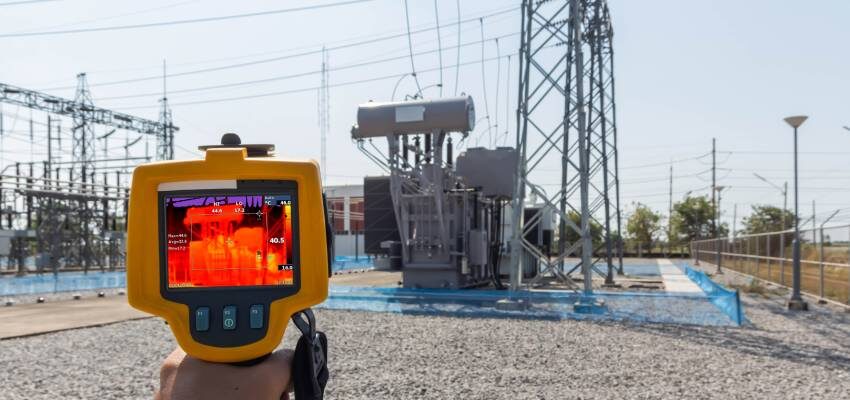
Detection and reduction of high temperature in high current turrets of generator step-up (GSU) transformers – Part I
Identification of high-temperature issues in GSU transformers is a key preventive process to avoid failures that could have devastating consequences.
bySalvador Magdaleno-Adame

Timely identification of high-temperature issues in generator step-up (GSU) transformers is a fundamental preventive process to avoid catastrophic failures that could have devastating consequences for the process of generation of electrical energy in power stations [1], [2]. In GSU transformers, one of the causes of failure is related to overheating and the presence of high temperatures in bushing regions and tanks [3], [4]. Transformer standards specify that temperatures between 95 and 105 °C are permissible in bushing turrets where rated continuous currents exceed 5 kA [5], [6]. The temperature in turrets should be kept in this temperature range to avoid possible damage to the gasket seals and the presence of transformer oil leaks [7].
Some methodologies to identify and reduce high temperatures in low voltage (LV) turrets of GSU transformers have been studied and published. For example, in [8], the authors presented a methodology to identify hot spots in GSU transformers.
This methodology is based on the detection of dissolved gases and thermography tests. Employing temperature measurements, analytical formulations, and three-dimensional (3-D) FE simulations, the authors found hot spots in the low carbon steel structural supports for current transformers (CTs) which are in the interior of the LV turrets and closed to the LV bushing conductors. Low carbon steel CT supports and the turret regions presented temperatures above 140 °C (hot spot temperature).







